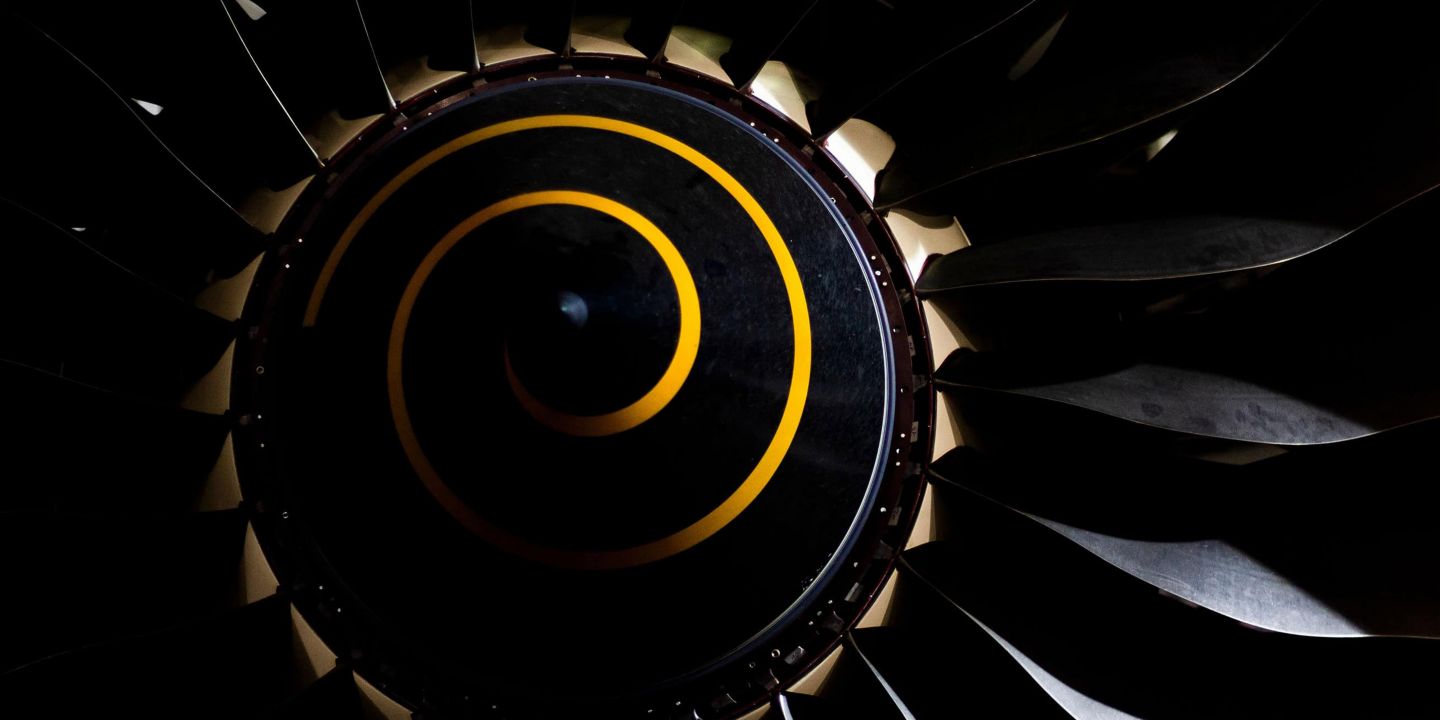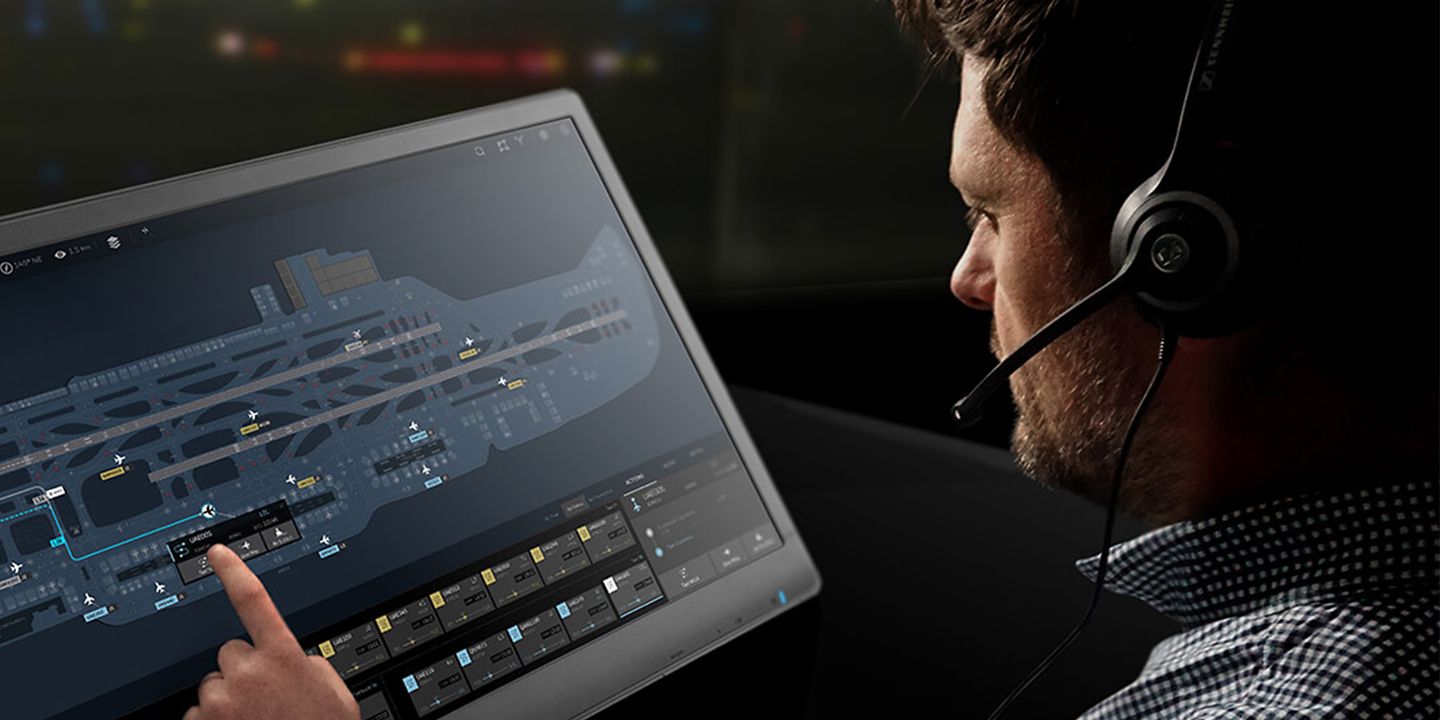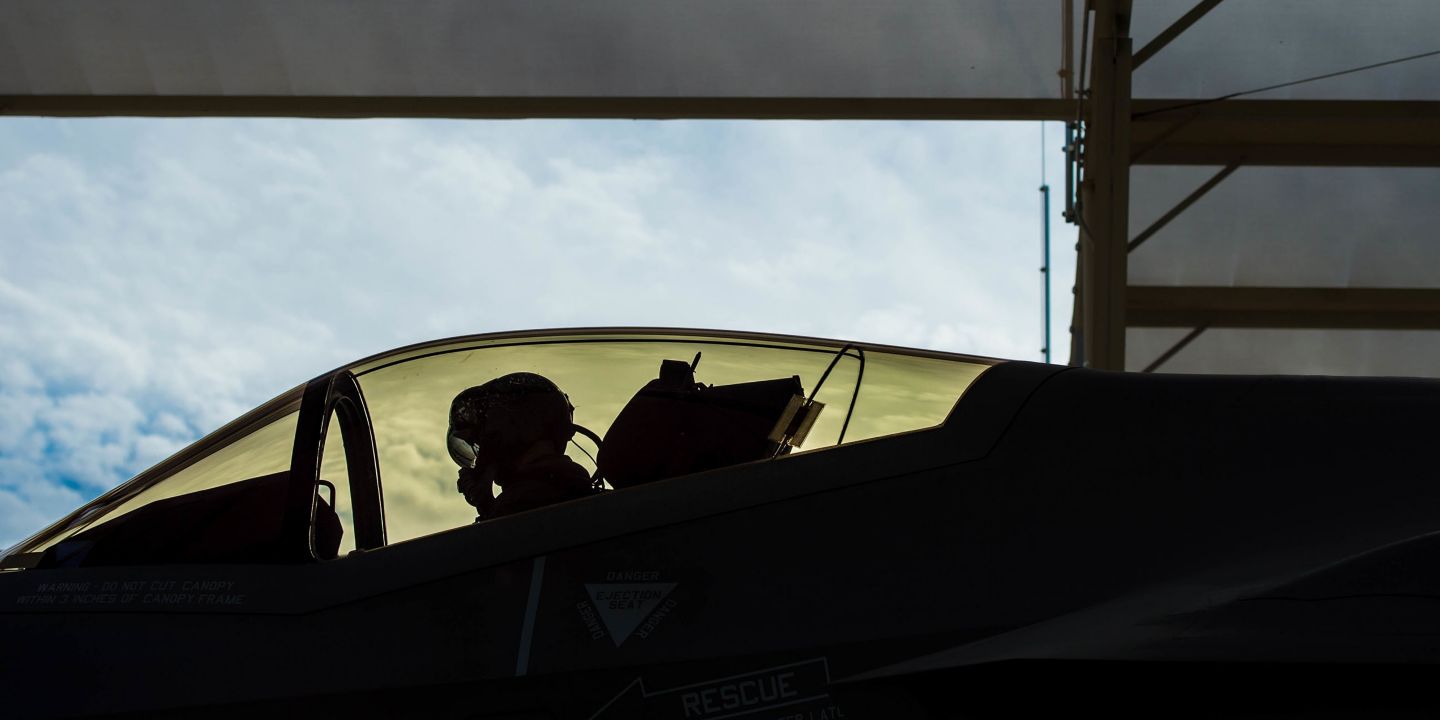Your browser is not supported.
For the best experience, please access this site using the latest version of the following browsers:
By closing this window you acknowledge that your experience on this website may be degraded.
Blogs
-
BlogHoneywell ILS Autotune: Simplifying ILS Approaches for PilotsAutomate ILS approaches with Honeywell’s Autotune - reduce pilot workload, streamline NAV radio setup and improve approach accuracy for EPIC, NZ, NGFMS.
-
BlogThe Future of Multi-Network SATCOM with JetWave XDiscover how Honeywell’s JetWave X delivers resilient, multi-network SATCOM connectivity for modern defense missions.
-
BlogNew Engine Needed for Collaborative Combat AircraftHoneywell’s new class II engine, the HON1600, is capable of meeting the USAF’s mission requirements for the next collaborative combat aircraft.
Press Releases
-
Press ReleaseHoneywell Achieves U.S. Government Authorization For M-Code Military Navigation SolutionTechnology enables secure, precise navigation for military aircraft worldwide.
-
Press ReleaseHoneywell and Abu Dhabi Aviation Sign Multi-Year Deal for Helicopter Avionics Repair and Overhaul ServicesHoneywell and Abu Dhabi Aviation partner to enhance AW139 helicopter avionics repair, boosting fleet readiness and reducing downtime across the Middle East and Africa
-
Press ReleaseHoneywell and Global Aerospace Logistics Sign Three-Year Agreement to Streamline Defense Repairs in UAEHoneywell announced a three-year agreement with Global Aerospace Logistics (GAL) to accelerate and simplify repair and overhaul services for the United Arab Emirates’ Joint Aviation Command (JAC) and Air Force and Air Defense (AFAD).







